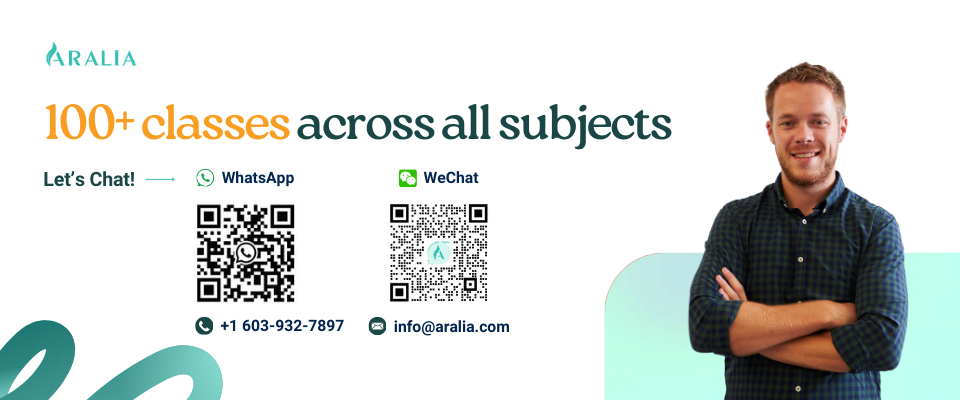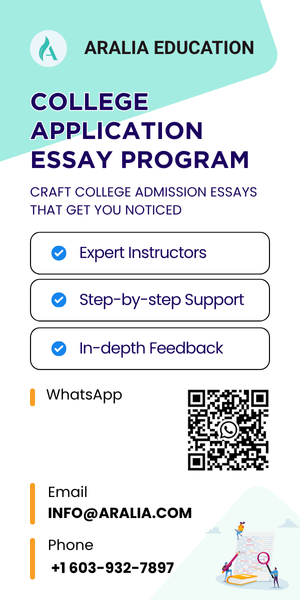1. Why Should I Study High School in Canada?
Canada offers international students a world-class high school experience defined by academic excellence, cultural diversity, and safe, inclusive communities. With flexible provincial education systems, less emphasis on standardized testing compared to U.S.-based institutions, and globally recognized pathways like AP and IB, students can personalize their learning journey. Canada’s bilingual environment and multicultural society also foster strong communication skills and global awareness. To explore all these benefits in detail, read our full article: Why You Should Attend High School in Canada.
2. Should I Study in a Public or Private School?
When choosing between public and private high schools in Canada, students and families should consider their academic needs, financial resources, and long-term goals. Public schools, which are free for Canadian residents, follow standardized provincial curricula and offer a diverse learning environment. International students are required to pay tuition and typically live with local homestay families. In contrast, private schools often offer smaller class sizes, more personalized attention, and specialized programs like IB or AP. While private school tuition can be significantly higher, boarding options and enhanced university counseling may be worth the investment for some families.
Learning style, desired school culture, living arrangements, and support services for international students should all be part of the decision-making process. Ultimately, both public and private schools offer quality education in Canada—finding the right fit is what matters most.
Explore a detailed comparison of public vs. private Canadian high schools.
Aralia Empowers Students from Canada
3. Structure of the Canadian High School System
Canadian high schools typically cover grades 9 to 12, serving students between the ages of 14 and 18. However, the structure can vary by province.
Does Canada have a national curriculum?
Canada does not have a national curriculum; instead, each province and territory sets its own curriculum, graduation requirements, and assessment systems. While all provinces aim to provide high-quality education, there are key differences in:
- Curriculum design and elective offerings
- Graduation requirements, such as minimum credit hours or mandatory community service
- Standardized testing and assessment systems
How does the high school curriculum vary across Canadian provinces?
Because each province and territory independently set its own education standards, there are differences in graduation requirements, assessment methods, and the structure of high schools.
Here’s how the curriculum system differs among key provinces:
- Ontario: Students earn the Ontario Secondary School Diploma (OSSD) by completing 30 credits, 40 hours of community service, and passing the Ontario Secondary School Literacy Test (OSSLT).
- British Columbia: Students graduate with the BC Dogwood Diploma, which includes Literacy and Numeracy Assessments administered in grade 10 and grade 12 as part of graduation requirements.
Quebec: High school concludes at grade 11, followed by two years of CEGEP (Collège d’enseignement général et professionnel). This unique pre-university or technical college system is a prerequisite for entering university in Quebec.
4. Are Canadian High Schools Tuition-Free?
For Canadian citizens and permanent residents, public high school education is tuition-free. Funded by provincial governments, public schools provide high-quality education without charging tuition; however, families may still incur small fees for school supplies, extracurricular activities, or specialized programs.
For international students, however, public high schools do charge tuition. Costs typically range from CAD $10,000 to $17,000 per year, depending on the province and school district.
5. Types of Curricula Offered
The school year generally follows a semester or term-based system, with students enrolling in a mix of compulsory core subjects, such as English, mathematics, science, and social studies, and a selection of electives tailored to their interests and post-secondary aspirations. Elective options may include arts, technology, business, and language courses, among others. Some provinces and school districts also offer specialized high schools or streams focused on arts, science, technology, or trades, allowing students to pursue enriched studies in a particular field.
Many Canadian high schools, especially private institutions, offer globally recognized enrichment programs such as Advanced Placement (AP) and International Baccalaureate (IB). These programs help prepare students for competitive post-secondary applications and allow them to earn university credits while in high school.
Bilingual Programs
Canada is a bilingual country, and students can pursue education in English, French, or bilingual programs, depending on their location and preferences. French-language high schools are especially prominent in Quebec and parts of Ontario and New Brunswick, , with growing access in other provinces as well. Many public and private schools across the country offer French Immersion or bilingual instruction to support Canada’s linguistic duality.
- French Immersion: For students whose first language is not French but who wish to become proficient. These programs typically begin in early grades and continue through high school.
- Francophone Schools: Designed for students from French-speaking families, offering full instruction in French in accordance with provincial guidelines.
- Bilingual Programs: Some schools offer a mix of French and English instruction across subjects.
Enroll in Aralia’s Comprehensive Classes
6. University and College Pathways
Universities and colleges in Canada primarily evaluate students based on their grade 11 and grade 12 marks, particularly in courses relevant to the program for which they are applying. For instance, a student applying to an engineering program will be assessed based on their performance in grade 12 math and science courses. Most institutions require students to complete a set of university-level courses—commonly referred to as “U” (university preparation) or “M” (mixed) courses in Ontario, or their equivalents in other provinces.
Some programs, especially in competitive fields such as business, computer science, and health sciences, may also assess supplementary applications, including personal statements, portfolios, or interviews.
Application Systems by Province
Each province operates its own university application portal, simplifying the process for students applying within that region:
- Ontario: Applications are submitted through the Ontario Universities’ Application Centre (OUAC).
- Alberta: Students use the ApplyAlberta platform.
- British Columbia: The EducationPlannerBC platform is used to apply to most post-secondary institutions.
- Quebec: Applications may go through SRAM, SRAS, or directly through the CEGEP or university, depending on the program.
International students or those applying to schools outside their home province typically apply directly through each university’s website.
Key Deadlines
Application deadlines vary but generally fall between January and March for September admissions. Early deadlines are often set for highly competitive programs, scholarships, or international students requiring visa support. Fields such as medicine, law, engineering, business, and computer science tend to have additional application components and require students to have very high grades.
Canadian universities consider more than just grades. Strong extracurricular involvement, leadership experience, and community service can enhance a student’s application, especially for competitive programs or scholarship consideration. Participation in clubs, sports, competitions, volunteer work, or part-time jobs demonstrates initiative, time management, and personal growth.
High school is a time to build both academic strength and a well-rounded profile. Students aiming for top universities should carefully plan their course selections, seek academic support when needed, and engage in activities aligned with their interests and future goals.
7. How Aralia Can Help
To help students stand out, Aralia Education offers personalized competition preparation programs across writing, research, STEM, humanities, and more. These programs not only sharpen academic skills but also enrich student profiles with nationally and internationally recognized awards, making a real difference in university applications.
Academic Enrichment: Develop strong communication skills through academic and creative writing classes, as well as AP/IB preparation.
- STEM and Writing Competitions: Get expert coaching for a wide range of national and international competitions that Canadian universities recognize and value.
- Portfolio Building: Turn competition achievements into powerful assets for your academic resume and applications.
College Preparation
- College Application Essay Writing: Craft compelling personal statements and supplemental essays for Canadian, U.S., and international universities.
- Research and Mentorship Programs: Work with professors and experts on independent research projects that demonstrate academic passion and initiative.









